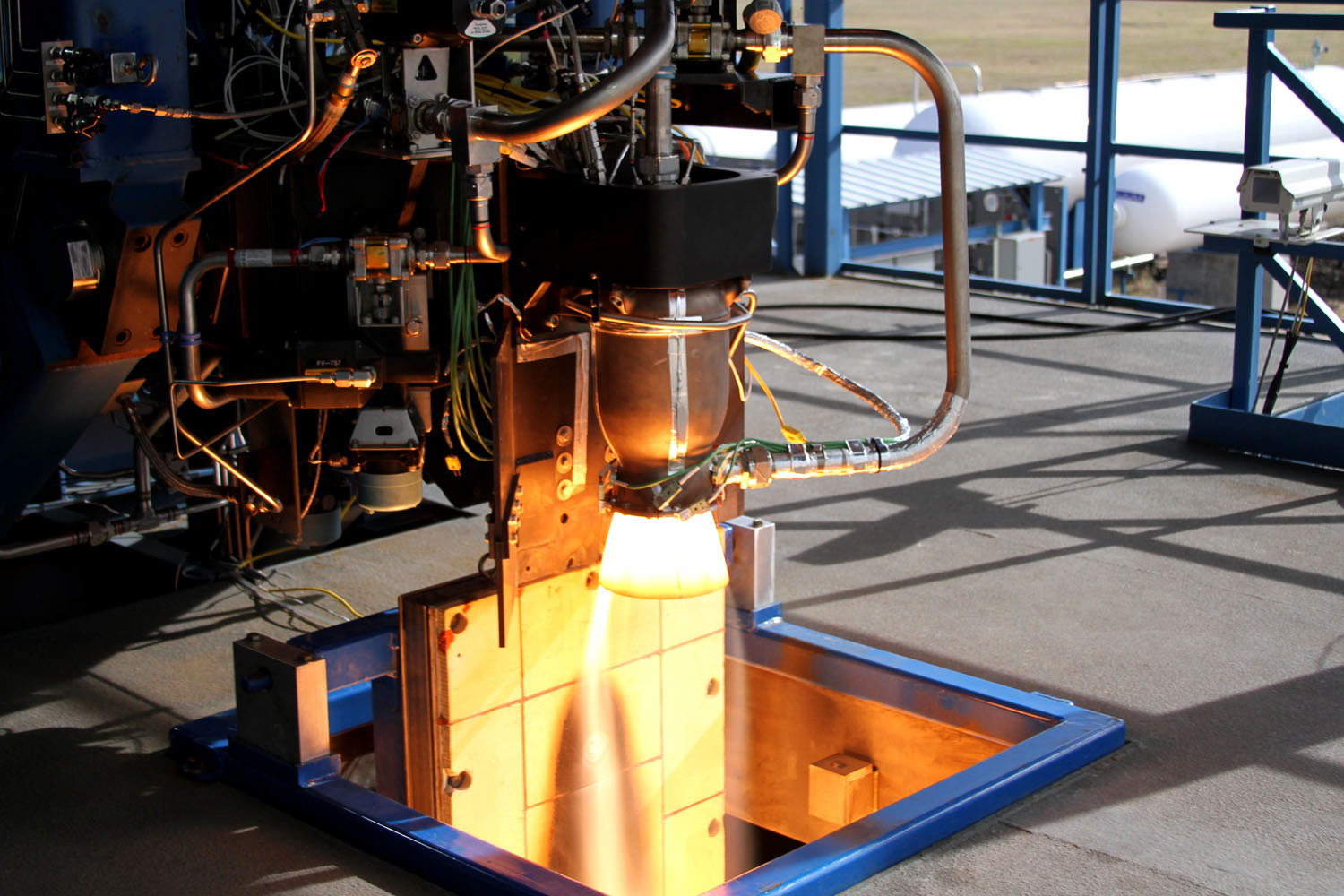SpaceX Taking 3D Printing to the Final Frontier

The private spaceflight company SpaceX wants to launch astronauts into space in the coming years, and it will enter the final frontier with an innovative technology: 3D printing.
California-based SpaceX is using additive manufacturing, as 3D printing is also known, to build the emergency escape rockets on its new manned Dragon spacecraft. The capsule, known as Dragon Version 2, is SpaceX's entry in NASA's competition for commercial manned spacecraft to ferry astronauts to and from the International Space Station.
SpaceX sent its first 3D-printed part into space early this year. The part, a rocket engine main oxidizer valve, flew aboard SpaceX's Jan. 6 launch of a Falcon 9 rocket carrying the commercial Thaicom 6 telecommunications satellite to orbit. The valve flew inside one of the rocket's Merlin 1D engines. [3D Printing In Space: A New Dimension (Photos)]
"The mission marked the first time SpaceX had ever flown a 3D-printed part, with the valve operating successfully with high-pressure liquid oxygen, under cryogenic temperatures and high vibration," SpaceX representatives wrote in a statement.
The concept of 3D printing in space has received extensive attention in industry circles in recent months. NASA plans to send a 3D printer produced by California-based company Made in Space to the space station this year, and the European Space Agency has mused about using 3D parts to build lunar bases. Despite those plans, a recent National Research Council report said the technology is still in its infancy and that the materials science behind manufacturing in space is poorly understood.
SpaceX has spent three years evaluating the fast-growing technology, particularly for use on the Dragon spacecraft. A 3D-printed SuperDraco engine chamber, which will be used in the escape system, passed a firing test at full thrust in late 2013.
"Printing the chamber resulted in an order of magnitude reduction in lead time compared with traditional machining — the path from the initial concept to the first hotfire was just over three months," SpaceX representatives stated.
Breaking space news, the latest updates on rocket launches, skywatching events and more!
The 3D valve inside the Falcon 9's rocket engines will also be more efficient to manufacture, SpaceX added. After extensive testing, the 3D part is now certified to fly alongside regularly manufactured materials.
"Compared with a traditionally cast part, a printed valve body has superior strength, ductility and fracture resistance, with a lower variability in materials properties," company representatives stated. "The [valve] body was printed in less than two days, compared with a typical castings cycle measured in months."
Follow Elizabeth Howell @howellspace, or Space.com @Spacedotcom. We're also on Facebook and Google+. Originally published on Space.com.

Elizabeth Howell (she/her), Ph.D., was a staff writer in the spaceflight channel between 2022 and 2024 specializing in Canadian space news. She was contributing writer for Space.com for 10 years from 2012 to 2024. Elizabeth's reporting includes multiple exclusives with the White House, leading world coverage about a lost-and-found space tomato on the International Space Station, witnessing five human spaceflight launches on two continents, flying parabolic, working inside a spacesuit, and participating in a simulated Mars mission. Her latest book, "Why Am I Taller?" (ECW Press, 2022) is co-written with astronaut Dave Williams.

